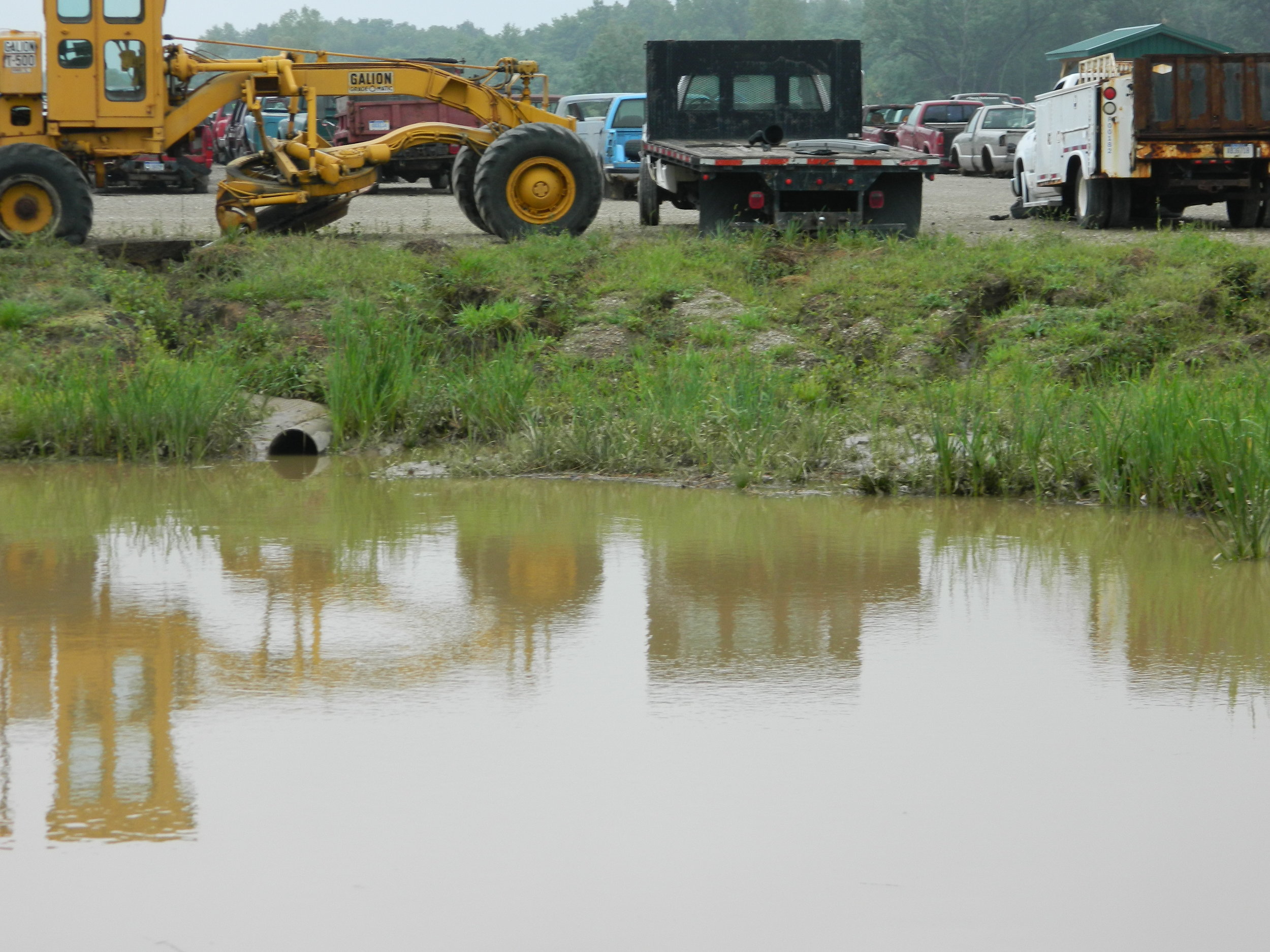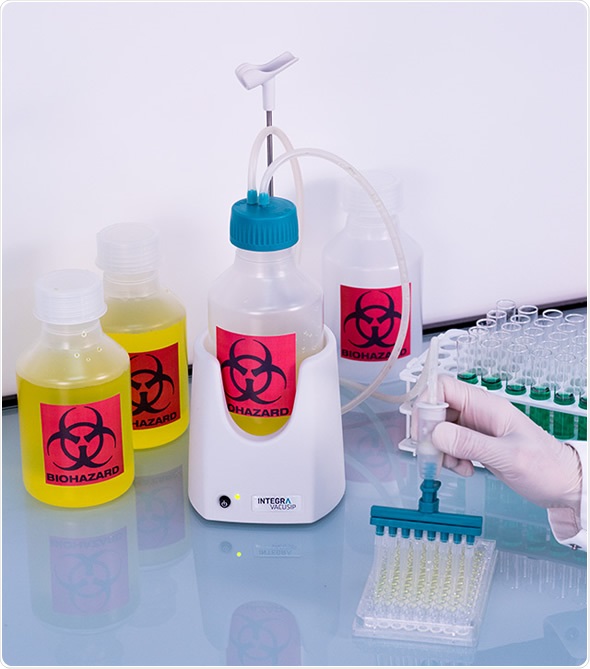Cutting-edge Industrial Wastewater Treatment Solutions: Protecting the Environment
Cutting-edge Industrial Wastewater Treatment Solutions: Protecting the Environment
Blog Article
Comprehending the Comprehensive Refine of Liquid Garbage Disposal: Finest Practices and Environmental Influence Considerations
The administration of fluid waste disposal is a complex concern that requires an extensive understanding of numerous best techniques and their linked environmental effects. From the kinds of fluid waste generated to the methods employed for collection, treatment, and final disposal, each step plays an important duty in safeguarding communities and public health and wellness.
Sorts Of Liquid Waste
Comprehending the numerous sorts of fluid waste is essential for effective management and disposal practices. Fluid waste can be generally classified right into a number of kinds, each needing distinct handling and treatment methods.
Industrial liquid waste often contains hazardous products, including heavy steels, solvents, and chemicals, generated during manufacturing procedures. These wastes require stringent regulatory conformity to secure human health and wellness and the environment. Residential fluid waste mainly describes wastewater produced from homes, consisting of sewer and greywater, which, although less toxic, can still present significant threats if poorly taken care of.
Agricultural fluid waste, including overflow from farms, typically contains fertilizers and chemicals that can result in ecological degradation otherwise treated properly. Medical liquid waste, created from medical care facilities, includes contaminated fluids such as physical liquids and chemicals, calling for specialized disposal methods to avoid infection and ecological contamination.
Last but not least, oil and grease waste, generally generated by dining establishments and vehicle industries, can trigger serious blockages in drain systems otherwise managed correctly. Understanding these classifications facilitates targeted strategies for therapy, compliance with guidelines, and reliable disposal approaches, eventually advertising ecological sustainability and public health and wellness security.

Collection Methods
Effective collection approaches are vital for the correct monitoring of liquid waste, guaranteeing that it is collected safely and efficiently prior to treatment or disposal. Numerous techniques are employed depending on the sort of liquid waste created, the volume, and the specific characteristics of the waste.
One usual technique is making use of committed collection storage tanks or sumps, which are developed to record liquid waste at the source. These systems commonly include pumps that assist in the transfer of waste to larger storage space containers or treatment centers. Furthermore, mobile collection units geared up with vacuum modern technology are utilized in scenarios where waste is generated intermittently or in hard-to-reach places.
For commercial settings, closed-loop systems can properly lessen spills and leaks, permitting the healing and reuse of fluid waste. It is likewise essential to train employees on proper collection procedures to mitigate risks related to dangerous compounds.
Moreover, executing normal upkeep schedules for collection equipment makes certain optimal performance and security. The assimilation of innovative monitoring systems can improve collection performance by providing real-time data on waste levels and prospective threats. Overall, effective collection techniques are foundational to lasting fluid waste monitoring techniques.
Therapy Processes
Therapy procedures play a crucial duty in the monitoring of fluid waste, changing possibly unsafe products right into secure effluents or multiple-use sources - liquid waste disposal. These procedures can be extensively classified into physical, chemical, and biological methods, each customized to resolve details impurities existing in the waste stream
Physical treatment techniques, such as sedimentation and filtration, work by getting rid of put on hold solids and particle matter. These techniques are frequently the very first step in the therapy chain, properly minimizing the tons on subsequent procedures. Chemical therapies include making use of reagents to counteract unsafe materials, precipitate heavy metals, or oxidize organic pollutants, consequently enhancing the safety of the effluent.
Biological therapy processes, including turned on sludge systems and anaerobic digestion, maximize the all-natural capacities of microbes to degrade raw material. These techniques have a peek at this site are especially reliable for wastewater containing naturally degradable toxins. Advanced therapy technologies, such as membrane filtration and advanced oxidation processes, are progressively utilized to attain greater degrees of filtration.
Including a mix of these therapy approaches not just ensures compliance with regulatory standards but also promotes environmental sustainability by recovering valuable resources from liquid waste.
Disposal Options
How can companies make certain the secure and liable disposal of fluid waste? Reliable disposal choices are vital for guarding public wellness and the atmosphere. The main methods include land disposal, therapy, and incineration followed by discharge right into metropolitan wastewater systems.
Land disposal entails the cautious containment of fluid waste in marked garbage dumps, making sure that it does not leach right into surrounding dirt or water. Incineration, on the other hand, subjects fluid waste to heats, converting it right into ash and gases, which need proper purification to lessen emissions. This approach is appropriate for dangerous wastes that can not be treated with conventional means.
In instances where liquid waste can be dealt with, organizations might go with biological or chemical treatment procedures to neutralize hazardous parts before releasing the treated effluent right into municipal systems. This path generally straightens with regulative needs, guaranteeing that the effluent fulfills safety criteria.
Ultimately, organizations have to conduct detailed assessments of each disposal alternative to determine its feasibility, taking into consideration elements such as waste make-up, regulatory conformity, and potential dangers to wellness and the environment. By choosing appropriate disposal approaches, companies can add to an view website accountable waste management technique.
Environmental Influence
The environmental impact of fluid waste disposal is an essential consideration for companies looking for to Full Report lessen their environmental footprint. Additionally, the discharge of untreated or improperly dealt with waste right into surface waters can result in eutrophication, leading to oxygen depletion and the succeeding death of fish and other microorganisms.

To mitigate these impacts, companies must adopt finest methods such as applying rigorous waste treatment processes, promoting recycling and reuse, and adhering to regulative requirements. By taking an aggressive strategy to fluid waste management, entities can substantially lower their ecological impact while sustaining lasting growth objectives. Inevitably, a thorough understanding of the environmental impacts related to fluid garbage disposal is essential for informed decision-making and responsible stewardship of natural deposits.
Verdict
Effective administration of fluid waste is important for guarding ecological stability and public health and wellness. By adopting finest techniques in disposal, collection, and therapy, together with adherence to governing requirements, the capacity for hazardous contamination of environments can be considerably reduced. Continual improvements in innovation and procedures add to sustainable waste monitoring efforts. Inevitably, a detailed understanding of liquid garbage disposal not only minimizes environmental influences however also cultivates a commitment to liable resource monitoring and environmental stewardship.
The administration of fluid waste disposal is a multifaceted problem that needs a comprehensive understanding of different ideal practices and their associated ecological influences. From the kinds of liquid waste generated to the techniques utilized for collection, therapy, and last disposal, each action plays a vital function in protecting ecosystems and public health.The environmental influence of liquid waste disposal is an important factor to consider for organizations seeking to reduce their environmental impact. Inevitably, a thorough understanding of the environmental impacts associated with liquid waste disposal is important for notified decision-making and accountable stewardship of natural resources.
Ultimately, an extensive understanding of liquid waste disposal not only mitigates environmental influences yet additionally cultivates a dedication to accountable resource management and environmental stewardship.
Report this page